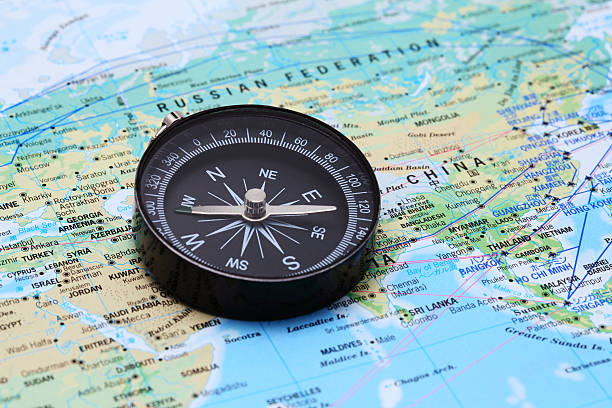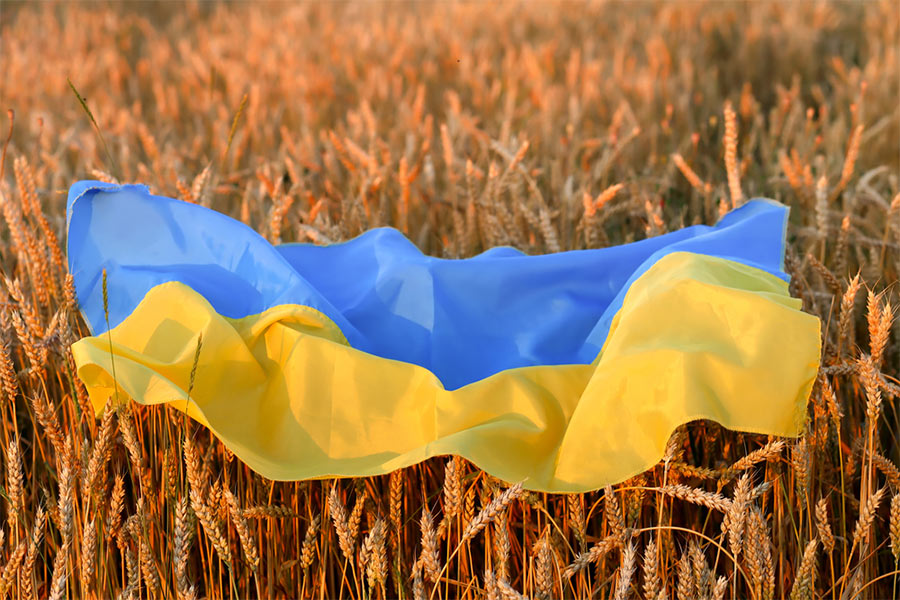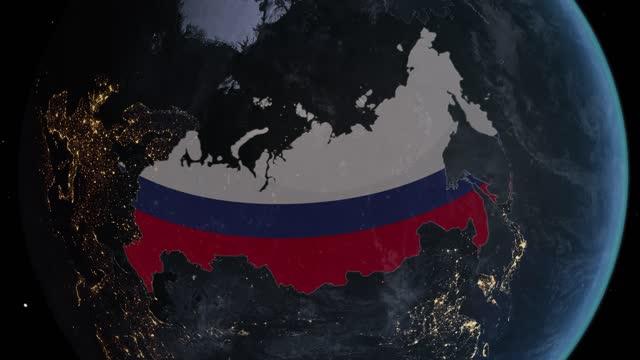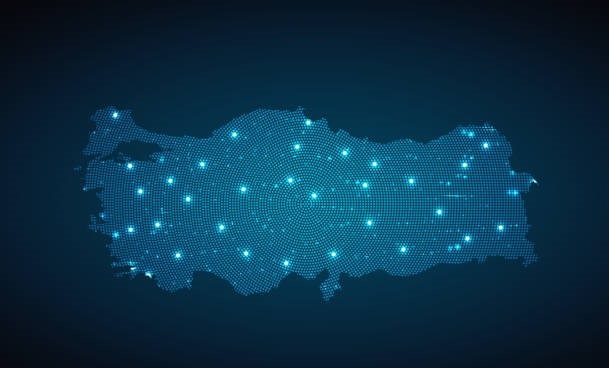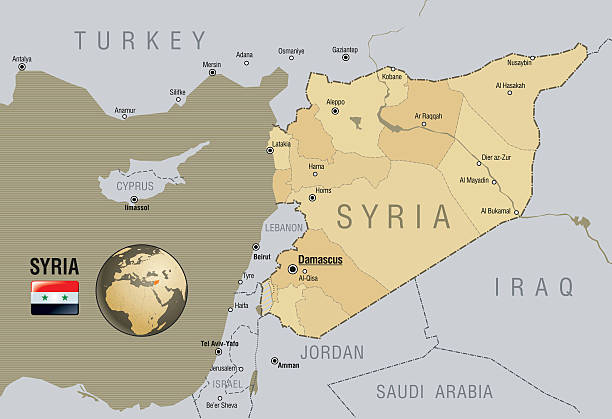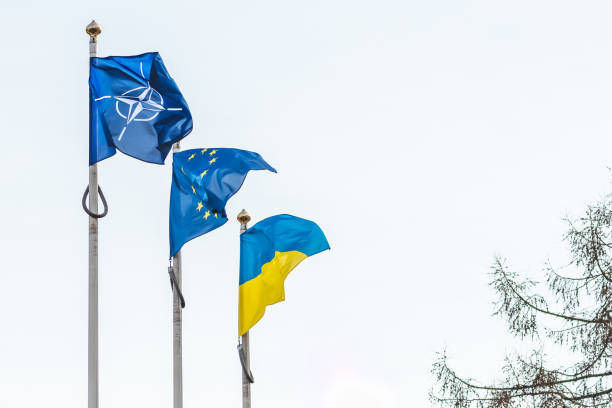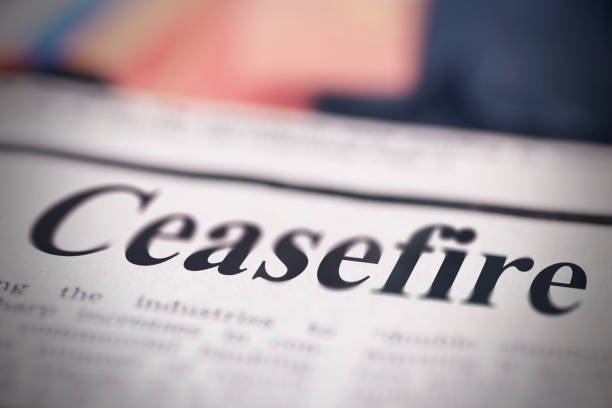On November 29, the statement issued by the NATO-Ukraine Council at the level of Foreign Ministers said that allies remain steadfast in their commitment to further step up political and practical support to Ukraine as it continues to defend its independence, sovereignty, and territorial integrity within its internationally recognized borders, and will continue their support for as long as it takes.[i]
Also last Wednesday, NATO Secretary General Jens Stoltenberg held a press conference following the meetings of NATO Ministers of Foreign Affairs. He said:
“As Ukraine has moved forward, Russia has fallen backward. It is now weaker politically, militarily, and economically. Politically, Russia is losing influence in its near abroad. Not only in Ukraine but in the Caucasus and Central Asia. Russia is also becoming much more dependent on China. Year by year, Moscow is mortgaging its future to Beijing. Militarily, Russia has lost a substantial part of its conventional forces. Hundreds of aircraft. Thousands of tanks. And more than 300,000 casualties…”
“We also discussed Ukraine’s path to membership. Allies agree that Ukraine will become a member of NATO. We have now provided recommendations on Ukraine’s priority reforms. Including the fight against corruption, strengthening the rule of law, and supporting human rights and minority rights. Ukraine is closer to NATO than ever before.” [ii] (emphasis added)
The meeting must have been a relief for the Ukrainian leadership since their war was overshadowed by the war in Gaza for weeks. Mr. Stoltenberg is right to say that the war has weakened Russia. However, the Ukraine conflict is turning into a war of attrition and a long-term economic, political, and security challenge for the West, particularly for Europe.
Could history have been written differently?
“The Russian Empire at the turn of the twentieth century was enormous… Relentlessly, as if impelled by some unshakable law of expansion, the tsarist empire had grown by 55 square miles a day – 20,000 a year – since the seventeenth century. True, the extension of the borders left the tsar’s armies with ever more territory to defend, but it also gave the empire strategic depth, as Napoleon had learned in 1812.” [iii]
In December 1991 the USSR became history. Nonetheless, today’s Russia still has an east-west stretch of 9000 kilometers and a north-south stretch of 2500 to 4000 kilometers. It has a land surface of 17.1 million square kilometers which makes it the world’s largest country with a population of only 145 million. From the northern shores of the Caspian Sea to the east, Russia shares a border of 7598 kilometers with Kazakhstan, 3485 kilometers with Mongolia, and 4200 kilometers with China. Maintaining a global naval presence is still a challenge for Moscow. The Montreux Convention, while limiting external naval presence in the Black Sea, imposes restrictions on its naval deployments as well.
It is worth remembering that during the Yeltsin years (1991-1997) Russia implemented a radical privatization program encouraged by the West. The fall in oil prices added to Russia’s economic difficulties. GNP fell by 43%. Inflation reached record levels leading to social problems. In brief, Russia’s new leaders failed to ensure a smooth transition from a troubled past to a promising future. And the West failed to put the Cold War mentality behind and engage Russia.
Today China, like Russia, is under authoritarian rule. But while Russia could not break the political, economic, and perhaps the mental barriers of the past, China under the leadership of Deng Xiaoping, a revolutionary and a great statesman, put the excesses of the Cultural Revolution behind and within a span of two decades transformed China into a world power.
In an article published in The New York Times on March 13, 2014, soon after Russia invaded the Crimean Peninsula, Professor John J. Mearsheimer said that few American policymakers are capable of putting themselves in Mr. Putin’s shoes. He explained the background of the Ukraine conflict as follows:
“…The taproot of the current crisis is NATO expansion and Washington’s commitment to move Ukraine out of Moscow’s orbit and integrate it into the West. The Russians have intensely disliked but tolerated substantial NATO expansion, including the accession of Poland and the Baltic countries. But when NATO announced in 2008 that Georgia and Ukraine “will become members of NATO,” Russia drew a line in the sand. Georgia and Ukraine are not just states in Russia’s neighborhood; they are on its doorstep. Indeed, Russia’s forceful response in its August 2008 war with Georgia was driven in large part by Moscow’s desire to prevent Georgia from joining NATO and integrating into the West…” [iv]
More recently, Professor Mearsheimer also argued that Washington should have focused on its “strategic competition” with China, whereas the avoidable war in Ukraine has now brought Beijing and Moscow closer to one another.
In an interview with Italy’s Il Corriere della Sera on June 6, 2015, President Putin said:
“… As for some countries’ concerns about Russia’s possible aggressive actions, I think that only an insane person and only in a dream can imagine that Russia would suddenly attack NATO… it is pointless to support this idea; it is absolutely groundless…”
That was eight years ago. Looking at Secretary General Stoltenberg’s description of today’s weakened Russia, mortgaging its future to Beijing, what Mr. Putin said then, could be the reality of today. This may be why while NATO says that it will continue to support Ukraine for as long as it takes, there are more references today than before, to the possibility of peace talks between Kyiv and Moscow.
As generally agreed, Ukraine is not going to become a member of NATO while the war goes on. But surely, the war in Ukraine offers many lessons for the future, not only for the West’s relations with Russia but with China as well. Chinese officials and state media mourned the death of Henry Kissinger because he was the architect of the China-US rapprochement.
Russia’s invasion of Ukraine had become a certainty as it amassed up to 190,000 troops on Ukraine’s borders. Washington was warning Kyiv and its allies of an imminent attack by Russia. By contrast, the October 7 Hamas attack on Israel was a shock because “by all indications” there was no visible threat, no troops, tanks, and artillery amassing on Israel’s borders. Tel Aviv’s relations with Arab countries were moving forward. All of a sudden, the picture changed.
Today, Washington and its European allies are neither at war nor in peace. Russia is at war and weakened. China is watching their troubles from a distance. And India is rising to become the world’s fourth major power.
On Saturday, Mr. Netanyahu declared, “I tell our friends around the world, you share our goal of eliminating Hamas and releasing our hostages; therefore, I also emphasize to them that there is no way of achieving these goals except by victory, and there is no way to achieve victory except by continuing the ground incursion.” He also said that after the destruction of Hamas, Israel must have general control over the Gaza Strip, including security, but that the internal governance would be Palestinian. He vowed not to allow the Palestinian Authority to return to the area.[v] In brief, charting a new path into the future is a huge challenge.[vi]
Again, one may ask if history could have been written differently…
[i] https://www.nato.int/cps/en/natohq/official_texts_220818.htm#:~:text=Allies%20remain%20steadfast%20in%20their,as%20long%20as%20it%20takes
[ii] https://www.nato.int/cps/en/natohq/opinions_220665.htm
[iii] Sean McMeekin, The Russian Revolution, Profile Books, 2018, page 11.
[iv] https://www.nytimes.com/2014/03/14/opinion/getting-ukraine-wrong.html
[v] https://www.timesofisrael.com/netanyahu-vows-total-victory-against-hamas-says-pa-rejects-israel-cant-rule-gaza/
[vi] https://www.washingtonpost.com/national-security/2023/12/03/palestinian-authority-gaza/?utm_campaign=wp_news_alert_revere_trending_now&utm_medium=email&utm_source=alert&location=alert
